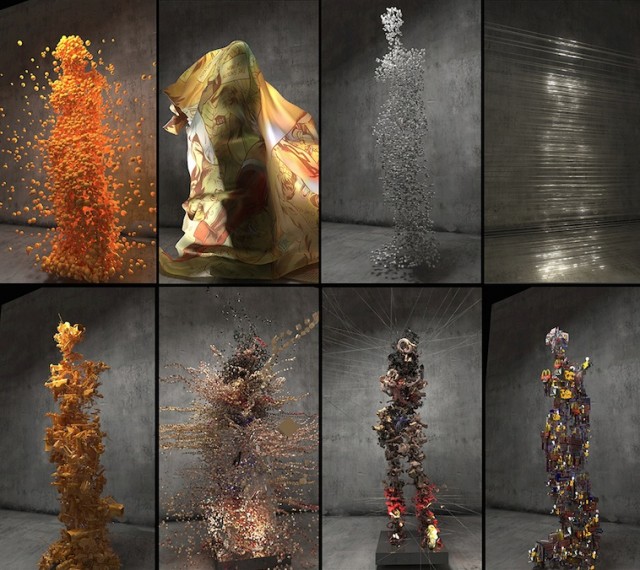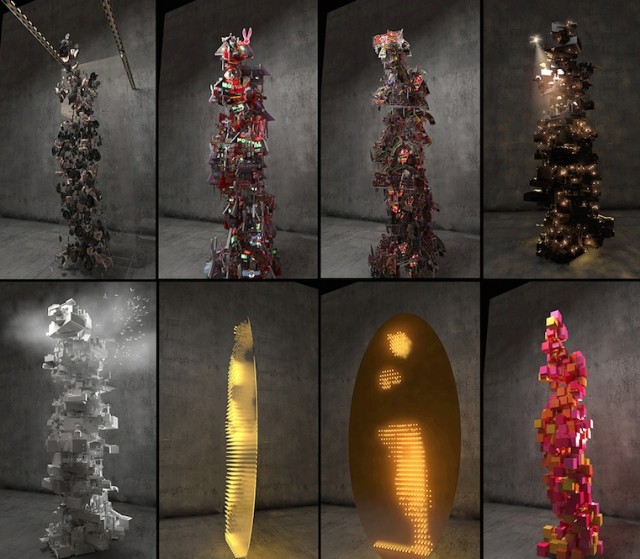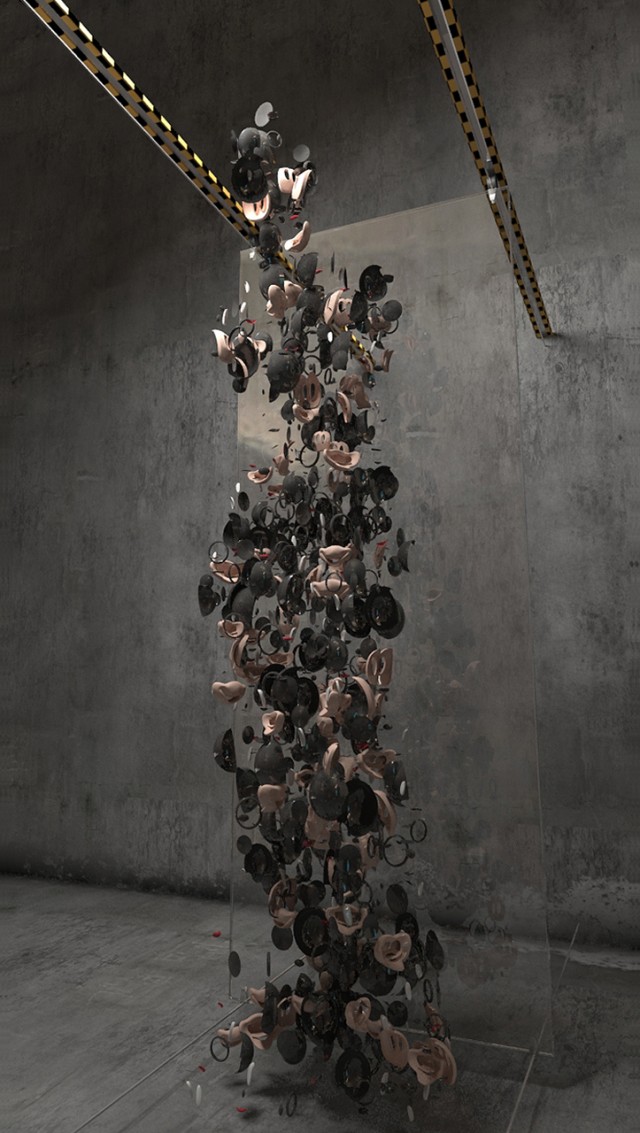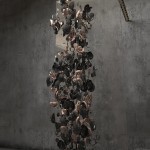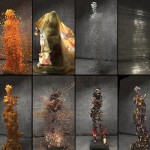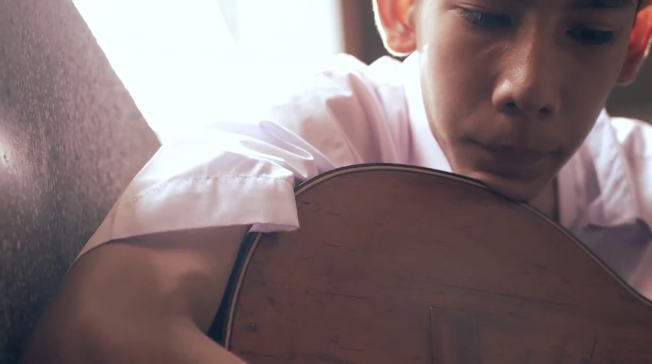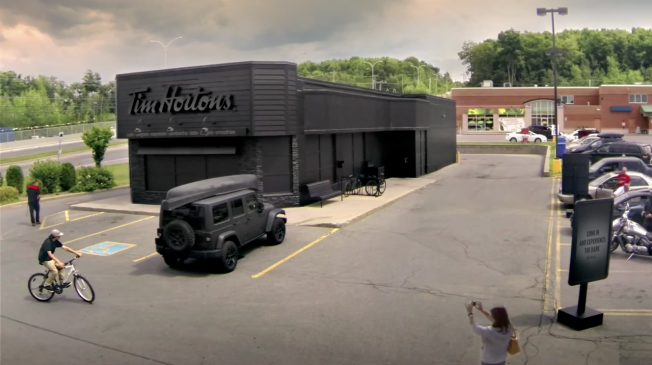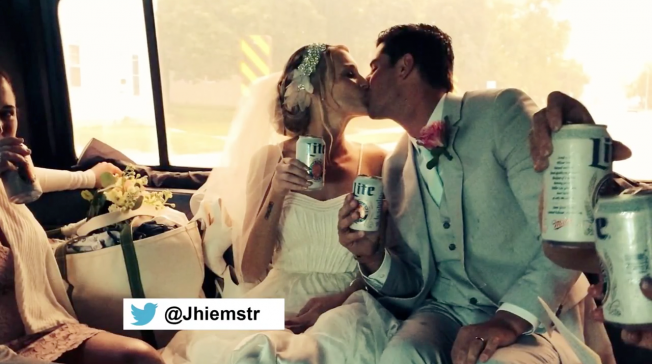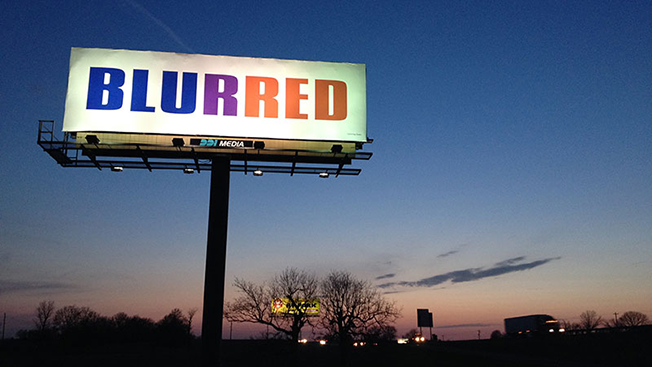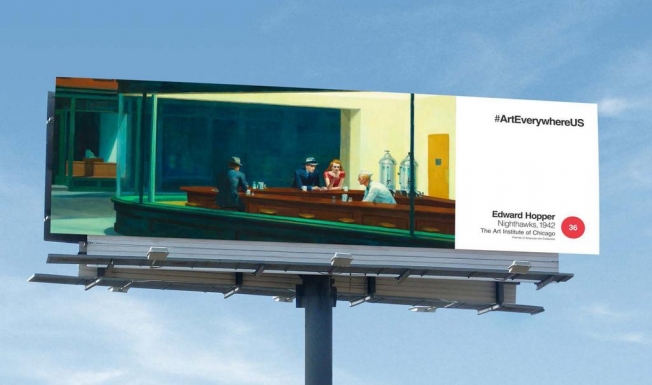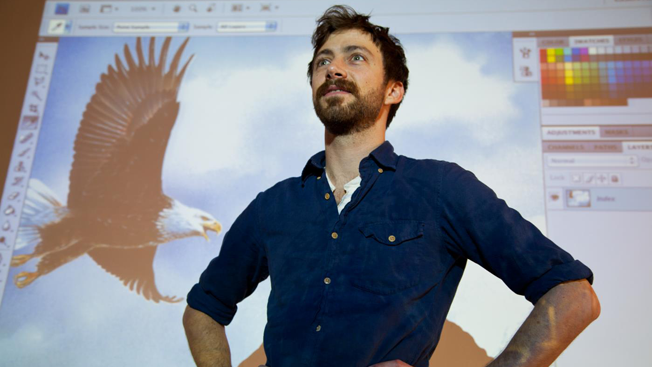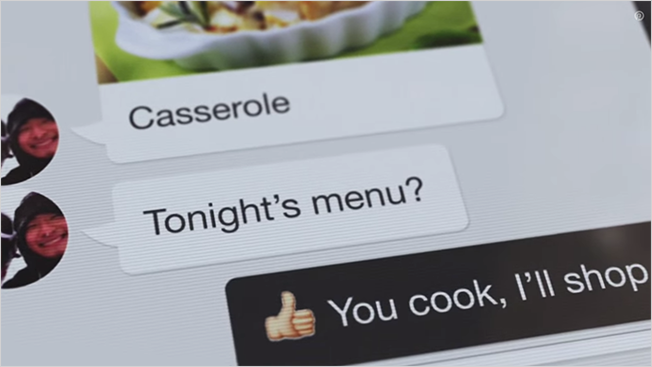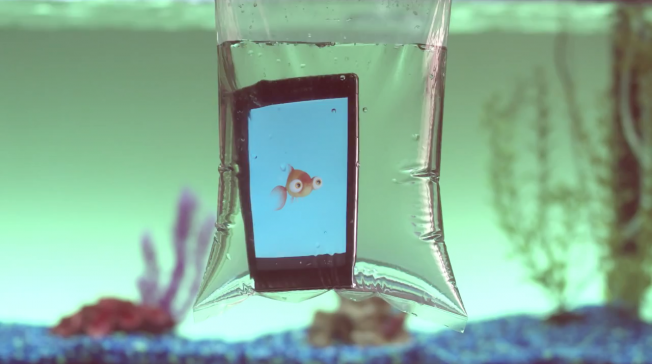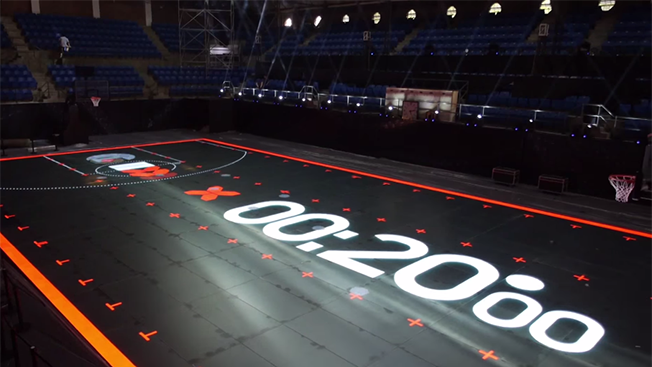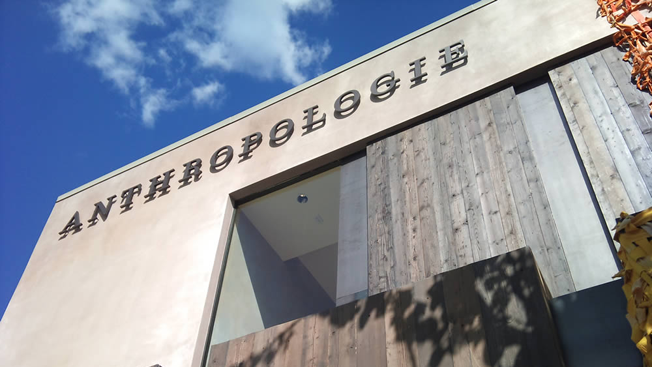New media is the new buzzword that can mean everything and nothing. It goes largely undefined, but is used as if everyone knows exactly what it means. The term, itself, may even be mildly offensive to the veterans of traditional media. By declaring itself “new”, it is positioning as “old”, that which came before. This rather presumptuous nomenclature begs three questions, which we will consider in turn:
- What makes new media new?
- Does new media compete with or complement traditional media?
- Does new media require different marketing strategies
While addressing these questions, we will also keep an eye on the underlying issue of how new media effects media marketing going forward.
What Makes New Media New?
The term, new media, itself, is a marketing ploy. New media requires one to cast what came before it as old media. New media sounds better than old media. But if you say, traditional media, then anything else would be non-traditional media. Suddenly, it doesn’t sound quite as appealing. Therefore, it is in the best interest of those with new media content to market it as something completely different than what came before. Many are eager to get on the new media bandwagon without ever expressing what is new about what they are doing. Let’s see if we can do better.
To do this, we need to narrow our focus to one form of media, in this case, music. The end result of “old” media music was that a person would buy their favorite music in a form they could enjoy, and listen to it in a way that brought them the greatest emotional satisfaction. If they really enjoyed it, they would share it with a friend. There were ways they could enjoy it for free, or purchase it. The exact same thing can be said about new media music.
What’s radically different is how we get to the end result. The three major tent poles of the music industry are production, marketing, and distribution. This is actually applicable to all media. All of these aspects of the process have changed.
There was a time when production could only be done by big studios with deep pockets. Now, anyone with $1,000 worth of hardware and software can rival the big studios in production value. That means big studios are no longer the production gatekeepers of the music world.
Similarly, marketing on a massive scale could only be done by gatekeepers with deep pockets. The primary method of marketing was through radio play. If you were not played on the radio, you did not exist. Today, many music listeners do not even own a radio save the one that came in their car.
Distribution was the leg of the stool represented by the big music retailers. Companies like Tower Records and Sam Goody wielded a lot of power in determining which acts would be successful, and to what degree. Now, locked down retail distribution has been upstaged by more open Internet distribution and the question of how to distribute music has gotten trickier.
A big part of the shift in distribution is due to new types of licensing agreements. Traditionally, the draconian licenses were held by the studios. Performers rarely owned their own music, and had little say over how to distribute music in general. Today, companies like TuneCore provide artists with new types of licenses that give the artists much more control, and opens their work to a wider audience.
In summary, new media democratizes the media process.
Does New Media Compete with or Complement Traditional Media
The short answer is yes, and yes. It does both, the same way that any evolutionary process does. Internet-based entertainment is in fierce competition with traditional television and radio programming. Though, in the end, it is hard to tell why it should matter which box from which content is enjoyed. In the case of Netflix and Hulu, we are watching the same content presented by television, except on computers and devices without TV tuners. These days, cable and satellite providers have their own on-demand options. Just choose your delivery system. The media is the same.
The business models are also slowly converging. Netflix offers unlimited streaming for about $10 per month. Dish offers the same thing through their Blockbuster partnership. They can both be experienced on Internet-connected devices. While Netflix offers all content ad free. the same cannot be said for other new-media services like Hulu, which is loaded with ads.
Even podcasts have lengthy ad breaks that make users reach for the Fast-Forward button. TV shows are promoted on Podcasts, and apps are promoted on TV. They are competing. They are partners. There is no clear winner, and both may yet fall to something new just around the corner. The freedom TuneCore provides musicians might be offer a glimpse into that future.
Does New Media Require Different Marketing Strategies
Absolutely! There was a time when marketing was almost unnecessary for media. Marketing was just a matter of which media the gatekeepers would present. There were only a handful of stations, genres, and major artists. Elvis didn’t need to market. He just needed to show up.
Eliminating the gatekeeper means that almost anyone can produce media. That means that everyone has to try a lot harder to rise to the top and be heard over the noise. These days, you can’t just hand someone a pile of money, be played over the radio more times than everyone else, and succeed.
You have to appeal to a highly engaged niche. Generalists do not do well in a democratized system. There are no longer three genres of music but dozens, if not hundreds. Pick one and super serve it.
Finally, you have to elevate your game. Before, just getting in the door meant success. People would be forced to buy an album full of garbage because that was all that was on offer. Today, there are a lot more artists to choose from, and you can buy the songs you like while ignoring the rest. That means that you actually have to earn it. Your audience has more options than just you.
At the end of the day, new media is just a fusion of the current and the traditional. Tomorrow, it will all be old media.
The post New Media Requires New Marketing appeared first on AdPulp.


